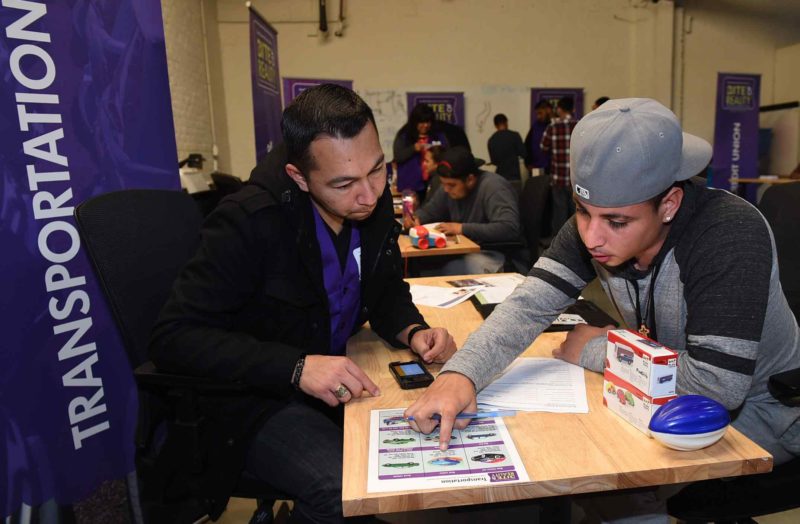Low-Income Families Pay More for Everyday Items

A recent study from the University of Michigan’s Ross School of Business, low-income families pay more for everyday items due to an inability to buy these products in bulk. As reported by CNN, researchers analyzed among the purchases of over 100,000 household items over the course of seven years. It was determined that low-income families were less able to afford the higher upfront cost of buying items in bulk rather than households with higher incomes. Two-thirds of U.S. Latino children live in low-income households and about one-third live in poverty. One of the key products studied was the purchase of toilet paper. In studying this trend, it was observed that 36 rolls of two-ply toilet paper might cost $15, but a roll of one-ply cost only $1. Researchers found that low-income ...
Read More







